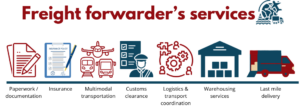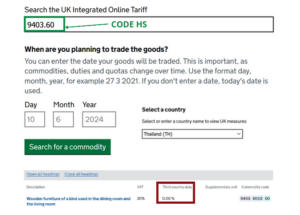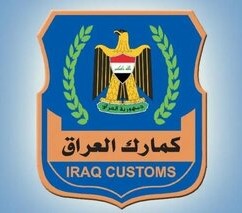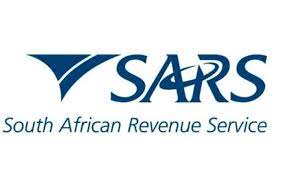Key Trading Partners and Strategic Importance: A crucial hub in Thailand's trade with Japan, South Korea, and China, Map Ta Phut is vital for Thailand's petrochemical, automotive, and electronics industries due to its specialized handling of bulk and liquid cargo.
Context for Businesses: If you’re in the petrochemical or similar industries that require specialized bulk liquid cargo transports, Map Ta Phut Port is well-positioned to meet your business needs.
Port of Sattahip
Location and Volume: The port, located in Sattahip District, Chon Buri Province, encompasses 436 acres and handles 1.1 million TEU annually. Its strategic location and cutting-edge facilities make it an important worldwide trade hub, promoting economic growth and seamless logistics. The port, with its unwavering efficiency and commitment to quality, continues to play a critical role in facilitating international trade and improving regional connectivity.
Key Trading Partners and Strategic Importance: Supporting trade primarily with ASEAN countries, China, and Japan, the port enhances Thailand's automobile industry by facilitating the import and export of vehicles.
Context for Businesses: If you're in the automotive sector looking to facilitate efficient import/export with the Asia-Pacific region, Sattahip Port's specialized handling of auto-carriers might be of significant advantage to your logistics chain.
Port of Songkhla
Location and Volume: The port, which is located in Songkhla Province, serves as an important hub for regional trade and commerce. This 740-acre maritime facility plays an important role in the transportation business, supporting the smooth transit of products and commodities. The port manages a significant yearly volume with an exceptional capacity, carrying around 3 million tons of cargo each year. Its strategic location and excellent infrastructure make it a cornerstone of the local economy, ensuring efficient goods exchange and supporting regional development.
Key Trading Partners and Strategic Importance: It serves as a strategic hub for Thailand's trade with Malaysia, Indonesia, and Singapore, making it crucial for the country's barter trade.
Context for Businesses: If you're focusing on regional or barter trade opportunities within the ASEAN region, especially with Malaysia and Singapore, Songkhla port can support your shipping requirements with its strong regional connectivity.
Location and Volume: Phuket Port is located off the Andaman Sea. As Thailand's main gateway to the west, it primarily handles cruise ships but also serves cargo vessels, carrying approximately 50,000 tons of goods annually. Additionally, the port boasts an impressive container handling capacity, with over 150 000 TEUs processed each year, further emphasizing its vital role in the region's trade and logistics operations.
Key Trading Partners and Strategic Importance: This port fosters trade with Malaysia, Singapore, and India as well neighboring countries like Myanmar. The port's primary strategic importance lies in promoting tourism, but it also supports Thailand's trade connectivity to the west.
Context for Businesses: If your shipping needs incorporate both goods and passenger transport, or if you're keen on westward expansion of your trade, Phuket Port can offer comprehensive support.
Main shipping ports in South Africa
Port of Durban
Location and Volume: Situated in the city of Durban on the eastern coast of South Africa, this port is a vital artery in the international trade landscape, with a shipping volume of over 3 million TEUs per year.
Key Trading Partners and Strategic Importance: The Port of Durban hosts key trading interactions with major economies, including China, the USA, and India. Its strategic location serves Southern African Development Community SADC countries, making it a significant player in South Africa's maritime economy.
Context for Businesses: If you're considering securing a foothold in the African markets, Durban's port, known for its efficient container handling capabilities and extensive connectivity, could be an integral part of your logistics.
Port of Richards Bay
Location and Volume: Located in Richards Bay, this port is renowned for its massive coal exports and currently stands as the largest coal export facility in the world, shipping over 79 million tons of coal in 2022 alone.
Key Trading Partners and Strategic Importance: Given the port's dominance in coal exports, key trading partners include countries heavily dependent on coal, such as China, India, and South Korea.
Context for Businesses: For businesses intent on capitalizing on energy markets, the Port of Richards Bay offers numerous opportunities associated with coal trade and related energy products.
Port of Cape Town
Location and Volume: Nestled at the junction of the Atlantic and Indian Oceans, the Port of Cape Town is a significant port for international trade, handling over 900,000 TEUs annually.
Key Trading Partners and Strategic Importance: Major trading partners include China, USA, and Germany. The port plays an impressive role in the fishing industry and is a vital conduit for the export of fresh fruit.
Context for Businesses: If your business model involves perishable goods like fruits or fishing, the Port of Cape Town, with its robust cold-chain infrastructure, should be a strong consideration in your shipping strategy.
Port of Saldanha Bay
Location and Volume: The deep port of Saldanha Bay, located on the West Coast of South Africa, is the largest natural port in the region. It's especially known for its iron ore exports.
Key Trading Partners and Strategic Importance: Primary trading partners are largely dependent on iron ore demand, including China, Japan, and South Korea.
Context for Businesses: For operations tied to the iron ore market or significant iron ore trading, incorporating the Saldanha Bay port into your logistics and supply chain strategy could be beneficial.
Port of East London
Location and Volume: Placed on the southeast coast of South Africa, the Port of East London is a medium-sized port, known for its motor vehicle exports.
Key Trading Partners and Strategic Importance: The port has fruitful trading relationships with the US, Germany, and Japan, anchored in the automobile sector.
Context for Businesses: Businesses dealing with motor vehicles could profit greatly from integrating the Port of East London into their shipping plans, given its strong history and performance in the automotive export sector.
Port of Ngqura
Location and Volume: The Port of Ngqura is located in the Coega Industrial Development Zone, north-east of Port Elizabeth. It's the newest port in South Africa and is designed to handle over 2 million TEUs per annum.
Key Trading Partners and Strategic Importance: Ngqura serves as a major gateway for trade, catering to markets of the USA, Middle East, and the Far East.
Context for Businesses: If you are focusing on expanding reach to emerging markets, the Port of Ngqura, owing to its cutting-edge facilities and expansive capacity, could be instrumental in your connectivity and growth strategy.

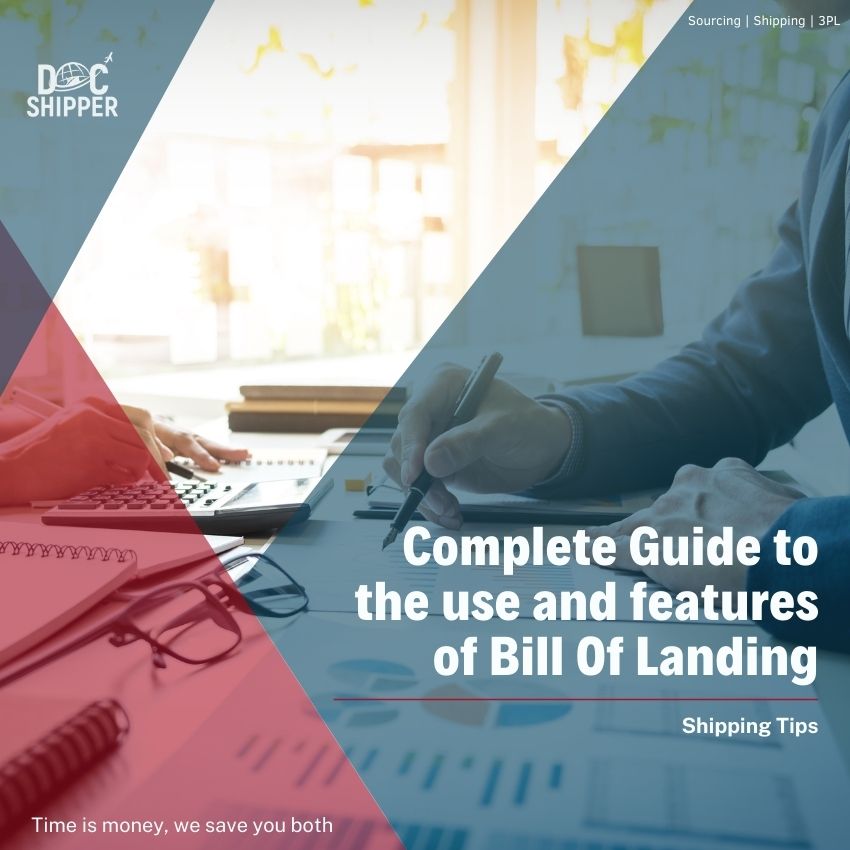
![What is FCL Complete Guide to Full Container Load Shipping [2025]](https://siam-shipping.com/wp-content/uploads/2025/04/What-is-FCL-Complete-Guide-to-Full-Container-Load-Shipping-2025.jpg)




























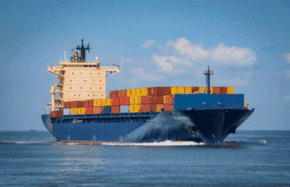
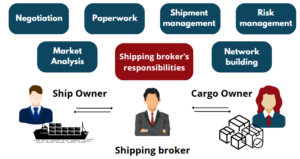
 Conducting proper research on the market evolution is essential for shipping brokers, as they have to find the best compromise for their customers.
Conducting proper research on the market evolution is essential for shipping brokers, as they have to find the best compromise for their customers. Preparing and managing necessary paperwork is a very important task. Shipping brokers have to know how to create
Preparing and managing necessary paperwork is a very important task. Shipping brokers have to know how to create 
 According to the services offered by your shipping broker and your company’s needs, the cost of the services might differ. However, the cost generally includes usual factors, such as
According to the services offered by your shipping broker and your company’s needs, the cost of the services might differ. However, the cost generally includes usual factors, such as  Chartering Brokers
Chartering Brokers The main challenges of shipping brokers, whether they are Sales and Purchase or Charterers, are related to the constant evolution of the
The main challenges of shipping brokers, whether they are Sales and Purchase or Charterers, are related to the constant evolution of the 